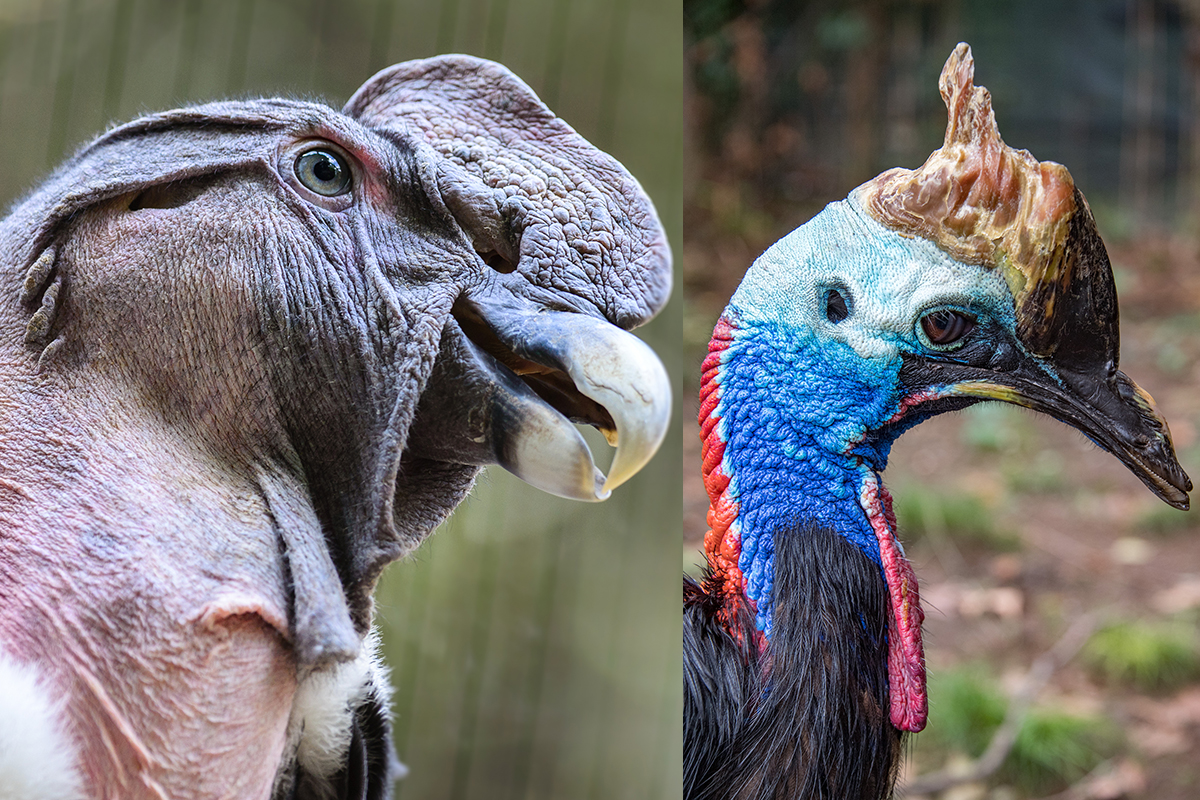Video Peering at a Crow's Ear Is … Eerie
A viral video on Reddit recently revealed the "hole" truth about birds' ears.
In the footage, which was originally uploaded to Imgur in December 2016, a person gently ruffles the feathers on a placid crow's head, lifting the cheek feathers away from its skin to show a vaguely rectangular slot that looks almost big enough to house a USB flash drive.
But there's no caws for alarm — birds' ears lack the external structures that we associate with our own ears (and with those of our fellow mammals), and though their ear openings may look unusual, they are entirely normal for avians.[The 12 Weirdest Animal Discoveries]
The video was submitted to Reddit on Jan. 22, and has since received more than 30,000 upvotes and garnered over 900 comments.
In birds that do not have thick coverings of fluffy feathers on their heads, such as vultures, condors and cassowaries, the ear holes are more easily visible. Ear holes can also be readily seen in newborn birds, before they grow their feathers.
Human ears — and those of most mammals — are made up of three main parts: the external ear, the middle ear and the inner ear. The part you're likely most familiar with is the external ear, a skin-covered cartilage shape that funnels sound into the external auditory canal, the outermost portion of the ear hole.
From there, audio signals travel to the tympanic membrane, or eardrum. When sound waves strike the membrane, they resonate through the middle ear, vibrating tiny bones that then signal the inner ear, where the vibrations are transformed into electrical impulses that sensory nerves carry to the brain, according to the National Library of Medicine.
Get the world’s most fascinating discoveries delivered straight to your inbox.
Birds' ears operate in much the same way, only without an external ear to guide sounds into the auditory canal, and with some difference in the type of vibrations that are produced by structures in birds' middle and inner ears, according to a study published in 1968 in the journal Acta Oto-Laryngologica.
In mammals, the external ear helps animals to identify the different elevations of sounds. But birds can still manage to detect whether sounds are coming from above or below them even without the benefit of an external ear, according to a study published in October 2014, in the journal PLOS ONE.
Researchers examined crows, chickens and ducks, and discovered that the shapes of the birds' heads affected sound waves, producing different volume levels in the birds' right and left ears. Based on variations in volume on one side, the birds could detect the elevation of the sound, the study authors reported.
Original article on Live Science.

Mindy Weisberger is a science journalist and author of "Rise of the Zombie Bugs: The Surprising Science of Parasitic Mind-Control" (Hopkins Press). She formerly edited for Scholastic and was a channel editor and senior writer for Live Science. She has reported on general science, covering climate change, paleontology, biology and space. Mindy studied film at Columbia University; prior to LS, she produced, wrote and directed media for the American Museum of Natural History in NYC. Her videos about dinosaurs, astrophysics, biodiversity and evolution appear in museums and science centers worldwide, earning awards such as the CINE Golden Eagle and the Communicator Award of Excellence. Her writing has also appeared in Scientific American, The Washington Post, How It Works Magazine and CNN.



